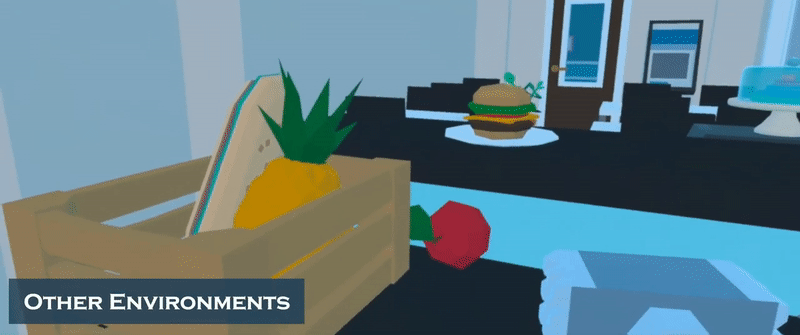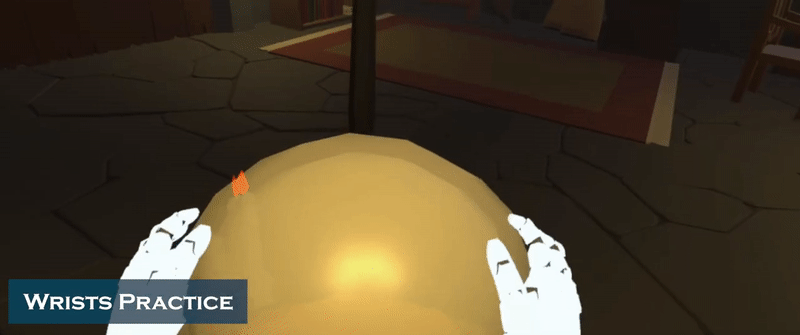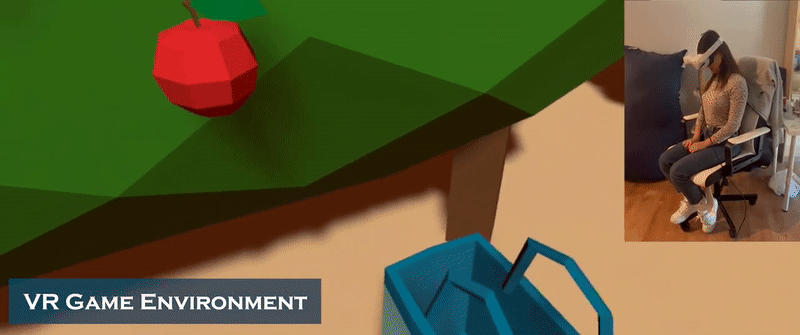VR Physicial Therapy: A Customizable VR Rehab Game Based on Individuals' Motor Abilities
#HCI #Virtual Reality #Game #Health #Therapy
1.Project
We designed a customizable system that allows therapists to create the VR rehab exercises to individuals' based on their rehabilitation goal. The game therapists created can be saved and shared to the community to make the game more reusable, and patients will see the daily tasks signed by therapists when patients open the VR platform. Our design aims to make the rehab process more enjoyable and reduce the medicial costs for patient's; to make therapists' work more effective and return patients' data to them to track the home-exercises process. The VR Games are built up on Oculus Quest Platform since it is more accessible for the population.
My Role
Game Designer, UX/UI Design, Researcher
Duration
4 Weeks
2. PROBLEM
(1) High Medical Costs in Stroke
Stroke-related costs in the United States came to nearly $46 billion between 2014 and 2015.2 This total includes the cost of healthcare services, medicines to treat stroke, and missed days of work. Average cost for outpatient stroke rehabilitation services and medications the first year post inpatient rehabilitation discharge was $17,081. The corresponding average yearly cost of medication was $5,392, while the average cost of yearly rehabilitation service utilization was $11,689.
(2) Less access to train fingers
Patients recovering from strokes with lost motor function in their arms, hands, and fingers will usually have little access to hospital rehabilitation training instruments and facilities (~at least 30 min every 1 to 2 weeks).
(3) Inflexible Schedule & Location
It takes efforts for patients to go to the Therapy Clinics and sometimes it is hard to match therapists and patients' schedules.
3.Game Design
3-1. Difficulty Scale
Easy levels will require players to apply the least amount of grip strength. Harder levels require players to make full fists. The levels get more difficult as their rehabilitation progresses. The difficulty chosen for the grips drew inspiration from both the Sollerman test and the Bimanual Fine Motor Function (BFMF) scale. The most imperative gestures the game needs to emulate are the pulp pinch and lateral pinch since they are the most common gestures used in Activities of Daily Life(ADL).



3-2. Game Environment
Scene 1
Fruit Farm
Rehab: Fingers, Hands, Arms
Difficulty Level Changed By:
- Shape of the fruit
- Height of the tree

Scene 2
KiTchen
Rehab: Fingers, Hands
Difficulty Level Changed By:
- The Tasks (Cook certain meal)

Scene 3
Magic World
Rehab: Wrists, Hands Movement

4.Limitations
4.1 Hand Tracking Accuracy and limitation
-
Jiggering and inaccuracy on the hand tracking may be disturbing and make it harder to determine the gesture (impossible to do precise movement and missurement)
-
Limitation on tracking system randers certain useful gesture and movement impossible for tracking (Can’t put two hands together, can’t point forward etc.)
4.2 No touch feedback and force feedback
-
Hard to missure and train the muscle strength. Haptic devices could be a potantial solution in the future development.
5.Future
-
Free mode. It's enjoyable and fun for patients to play and get motivation; the environment should be free patients to explore, and encourage for more practicing outside the task set by the physician, like Patient-Physician Co-designed VR game.
-
BCI based training for focusing on one side of the patient (Request from a physician)
Want to see the old version of this game? Click Here.